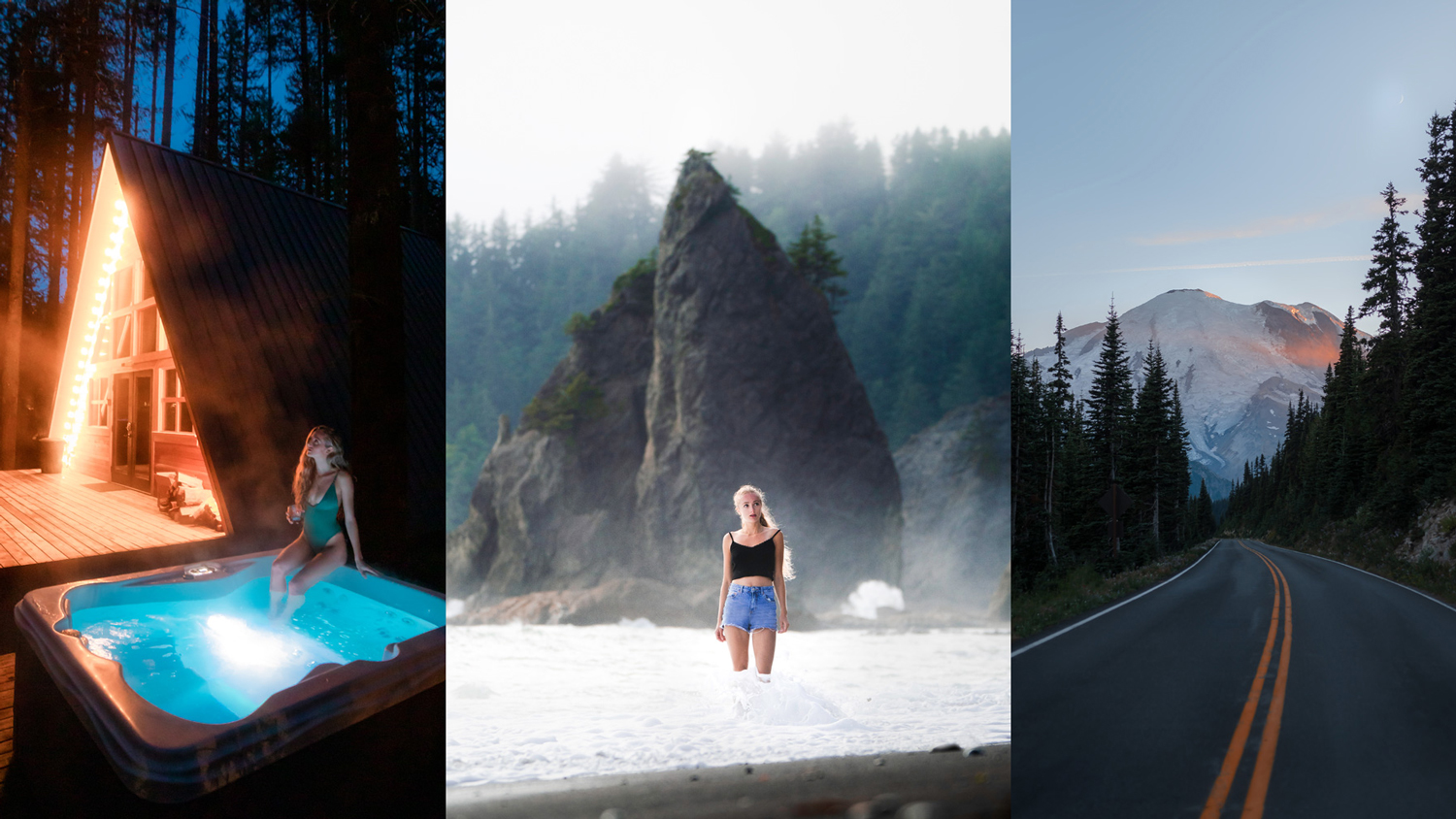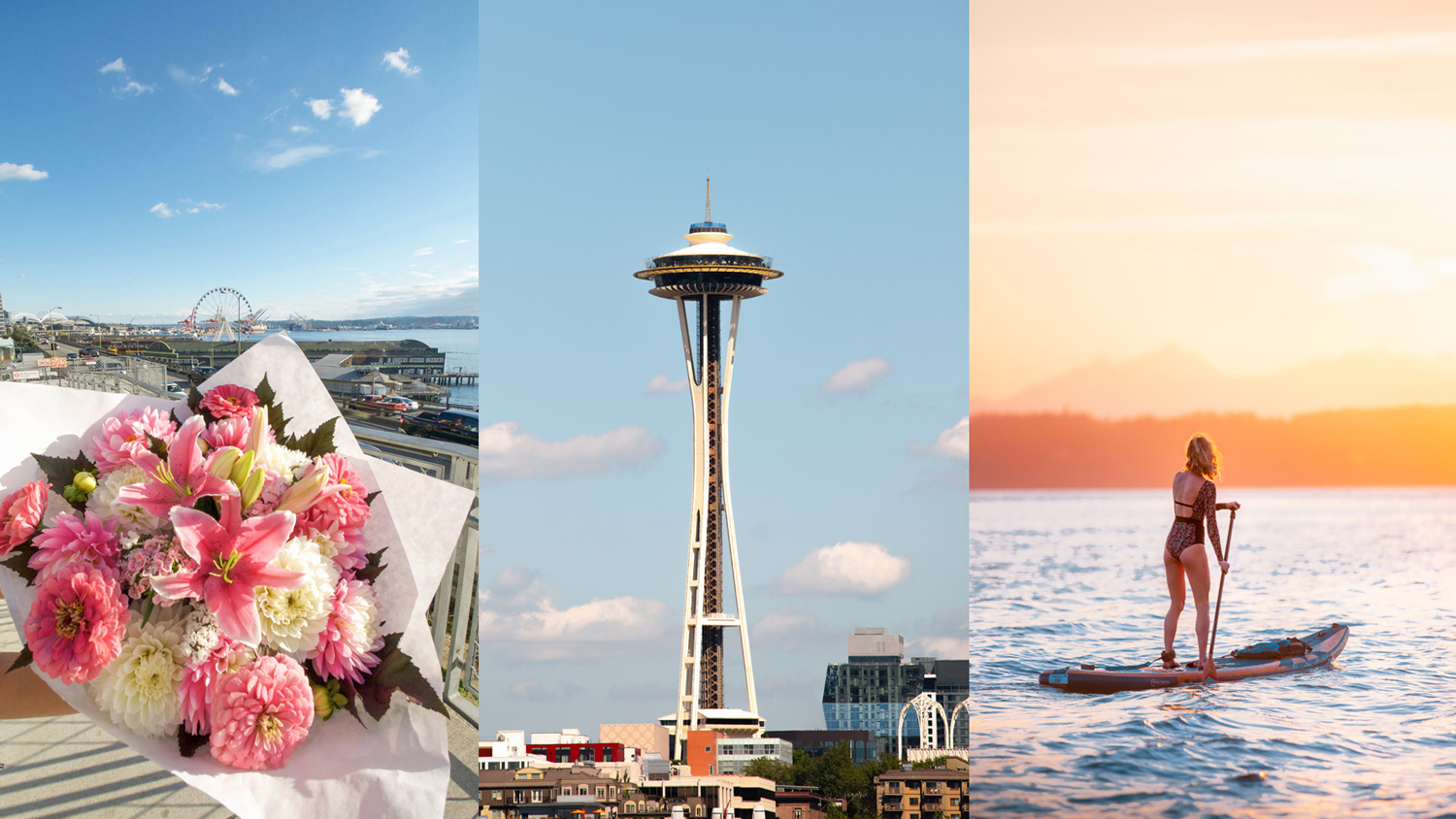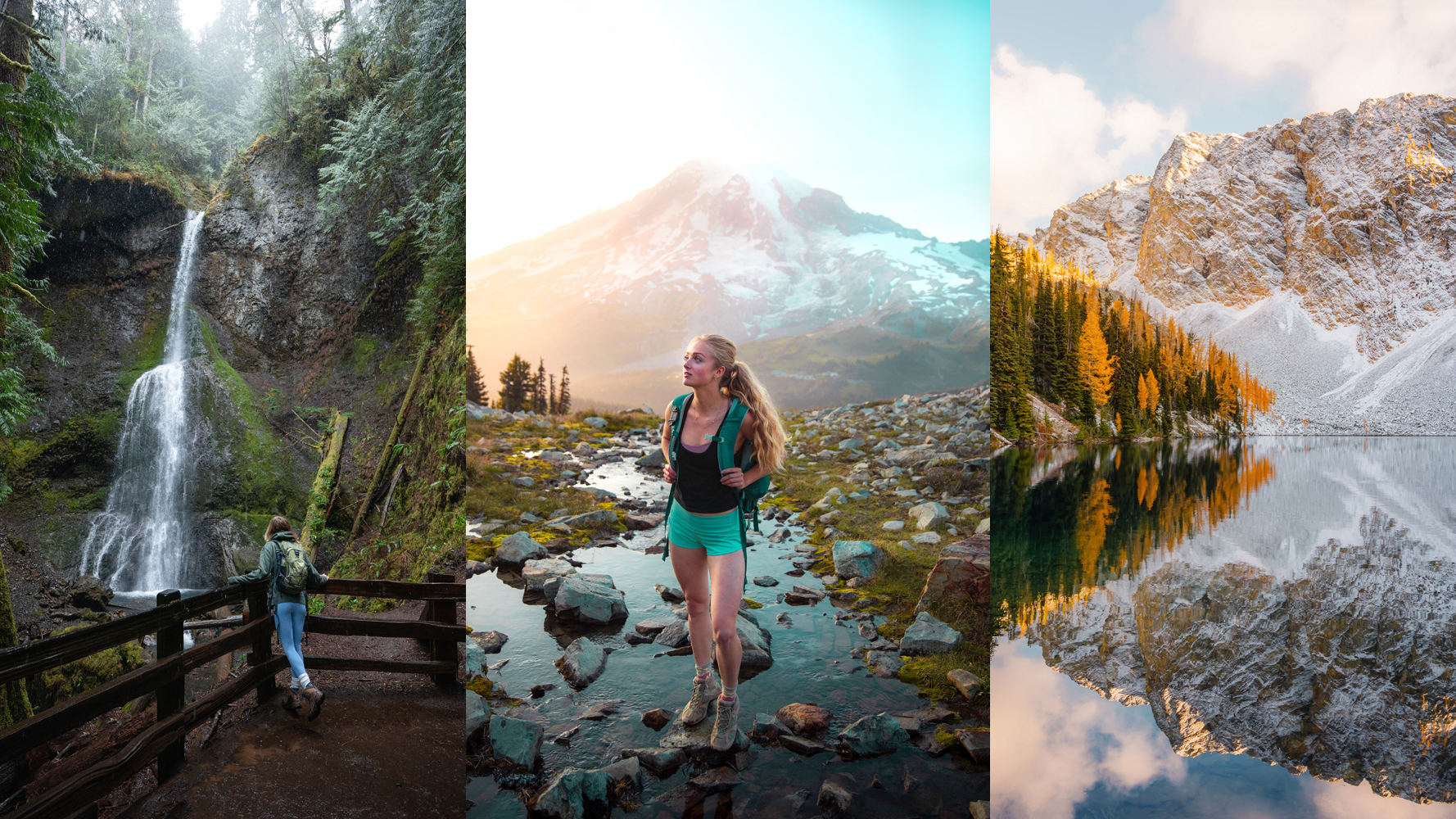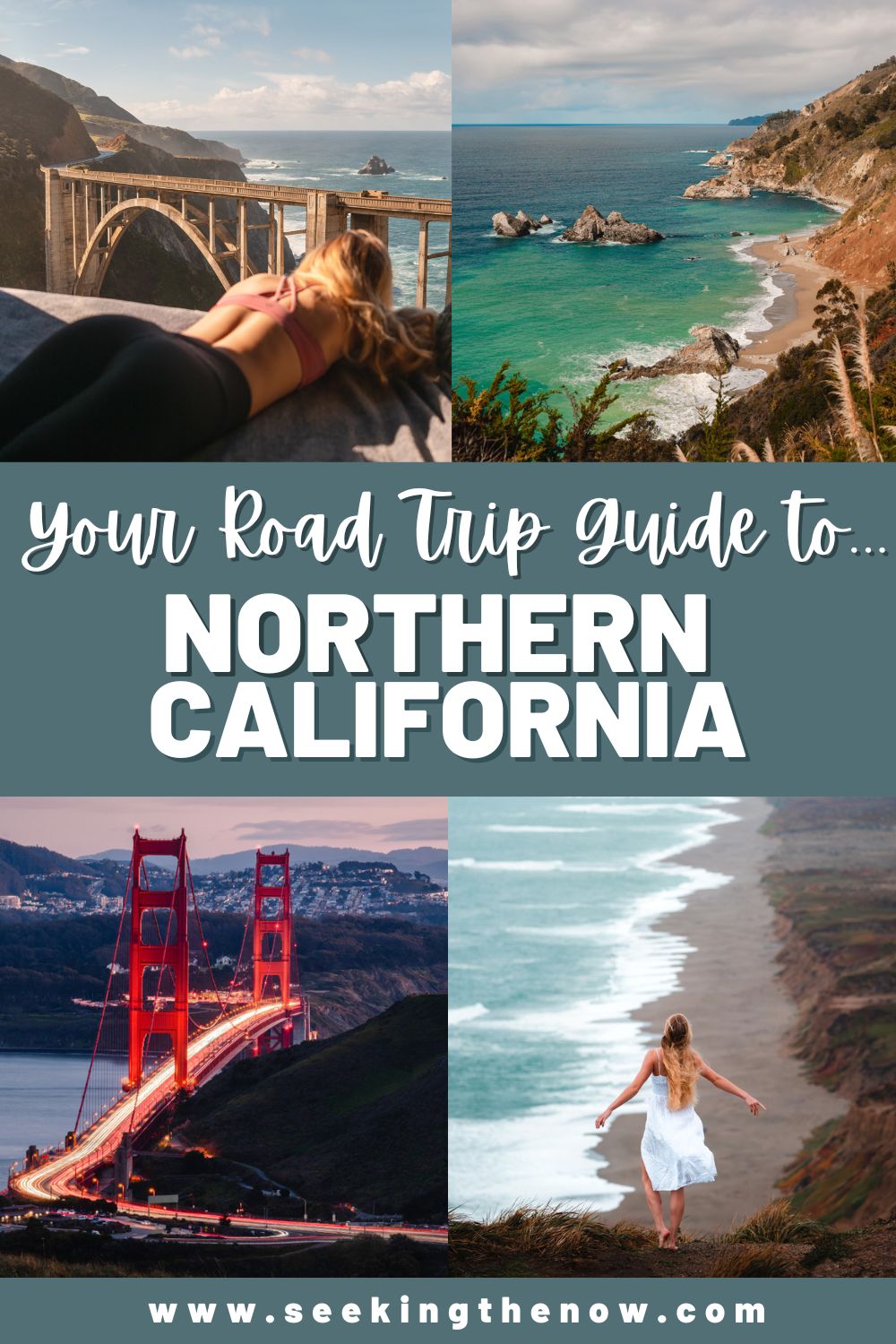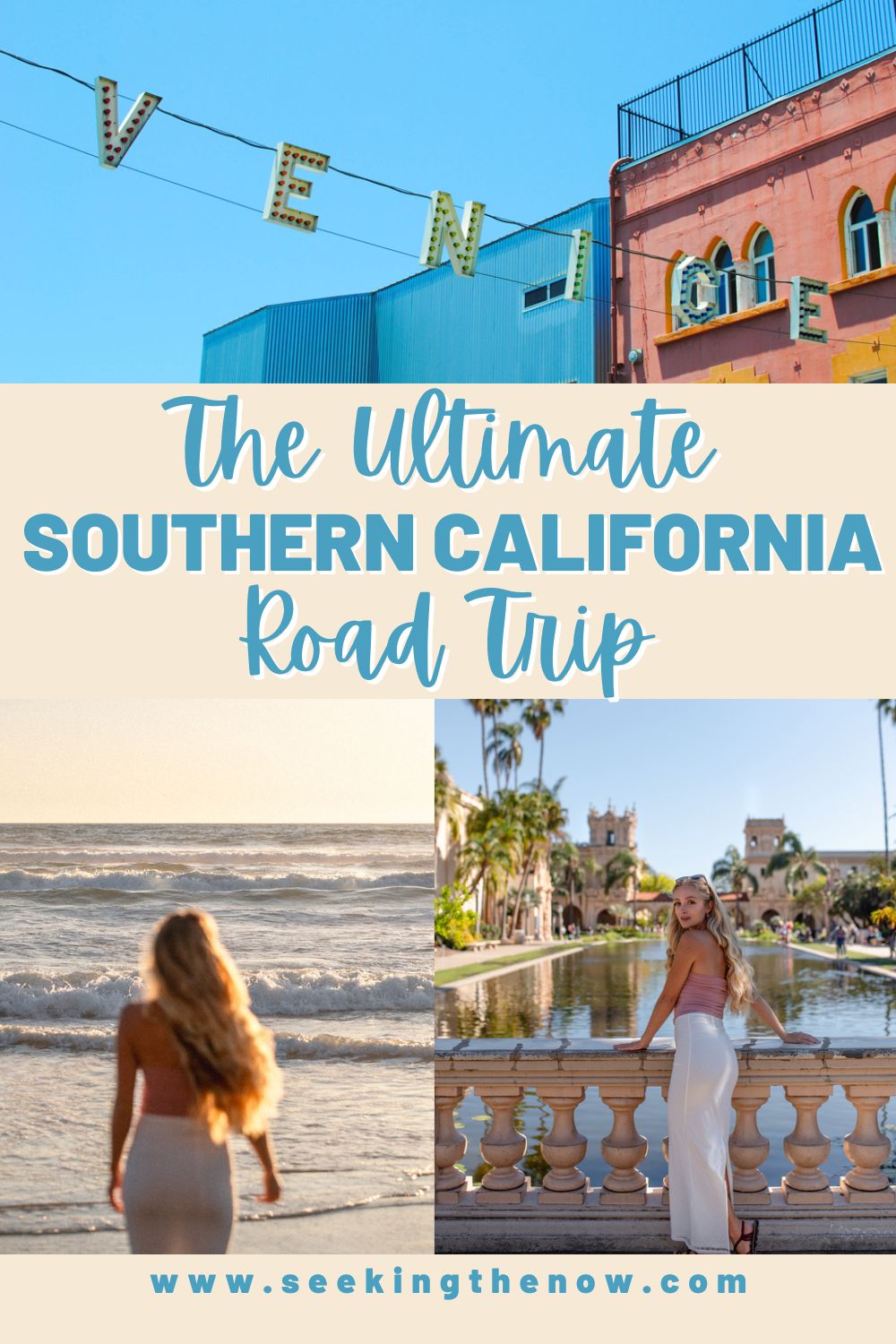Your Full Guide to Firefall In Yosemite National Park
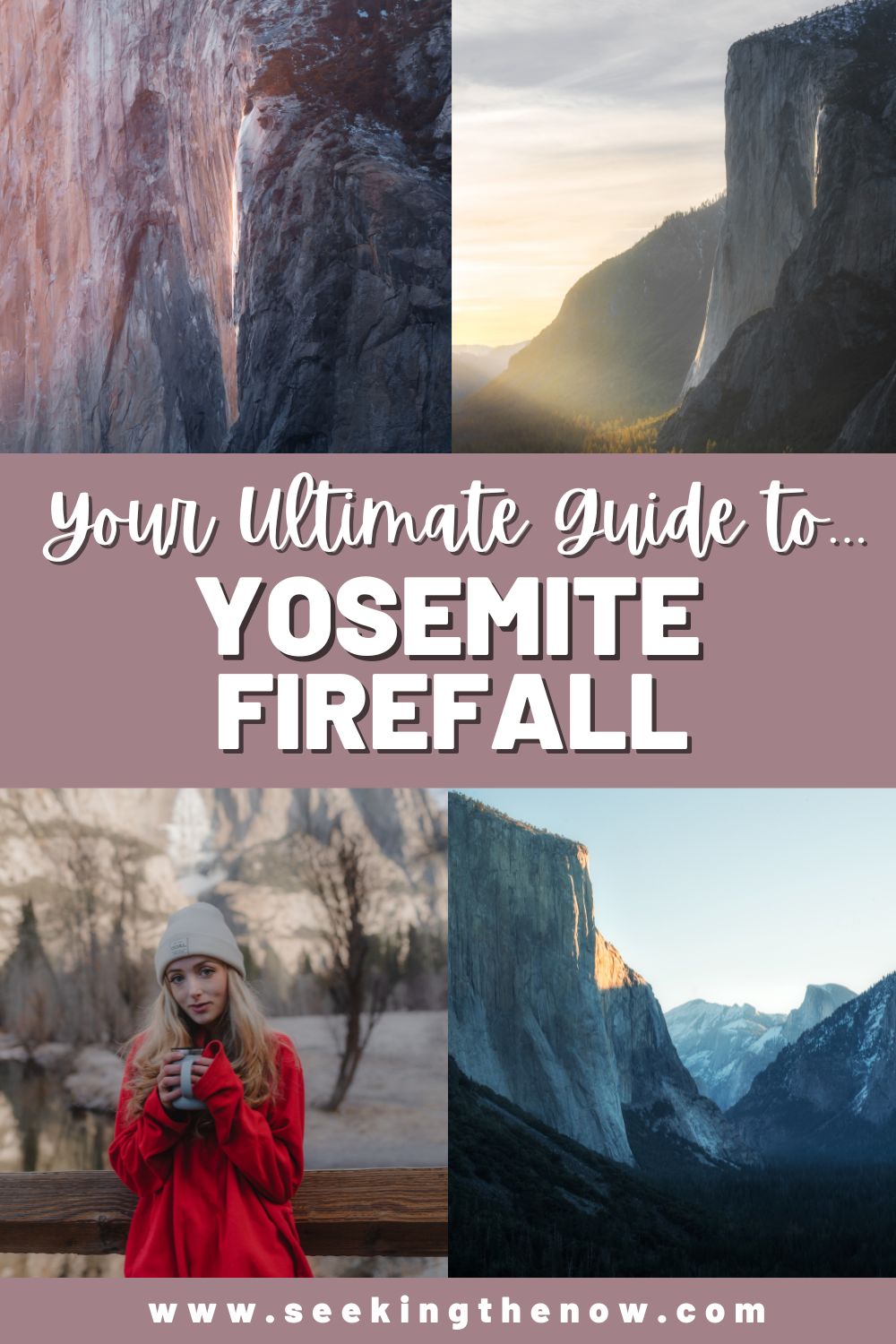
Don’t have time to read it now? Save it for later!
When I first saw a picture of the Firefall in Yosemite National Park, I thought it must be fake. There was no way a stream of lava was cascading down the face of El Capitan, right?!
I was in fact, very wrong.
The Yosemite Firefall happens every year, and while it is not real lava streaming down El Capitan it is still an absolutely breathtaking sight to witness.
I have now been lucky enough to enjoy the Yosemite Firefall 2 years in a row and I wanted to share all of the tips and tricks I have learned over the years so you can experience this breathtaking phenomenon for yourself!
Disclaimer: This blog post does have affiliate links in it- if you buy through any of the links I get a little kickback- at no extra cost to you!
Firefall In Yosemite National Park FAQ
How often does Firefall Happen in Yosemite?
Yosemite’s Firefall occurs annually, typically during mid-to-late February.
What Are The Best Dates To See The Yosemite Firefall?
The best dates to see Yosemite Firefall generally falls around February 10th- February 28th with peak generally around the 18th-23rd of February.
What Time Is Firefall In Yosemite?
The exact time varies slightly each day during the mid-to-late February peak season, as it depends on the position of the setting sun.
Generally, the best time to see the Firefall is between 5:30 PM and 6:00 PM, but arriving at the viewing location well in advance (several hours before sunset) is crucial to secure a good spot, especially with the large crowds that gather for this event.
How long does the Yosemite Firefall last?
The exact timing depends on clear weather conditions, sufficient water flow in the fall, and the angle of sunlight, which lasts for only about 10 to 15 minutes each evening on peak days.
Be patient, the intensity varies a ton during those 15 minute so you don’t want to leave too early and miss it.
What causes Yosemite Firefall?
This natural phenomenon happens when the setting sun aligns perfectly with Horsetail Fall on the eastern side of El Capitan, creating the appearance of glowing lava as the waterfall reflects vibrant orange and red hues!
Yosemite Firefalls Location
The Yosemite Firefall occurs at Horsetail Fall, which flows on the eastern side of El Capitan in Yosemite National Park.
Do you need a reservation to see Firefalls?
Yes, you will need a reservation to see the Yosemite Firefall during its peak season in mid-to-late February, as the event draws large crowds.
Yosemite National Park often implements a day-use reservation system or requires parking permits to manage traffic and protect natural resources. The specifics vary by year, so it’s essential to check the park’s official website for the latest requirements.
If reservations are required:
- Book early to secure your spot, as they tend to sell out quickly.
- Alternative options include using the Yosemite shuttle system or hiking into the viewing areas if parking is restricted.
Check Out My Firefall Vlog!
Yosemite Firefall Reservations
For the Yosemite Firefall in 2025, reservations are required if you are driving into Yosemite National Park on weekends (February 8–9, February 15–16, and February 22–23) or on Monday, February 17 (Presidents’ Day).
Day-use reservations can be obtained through Recreation.gov starting at 8 a.m. PT on December 1, 2024, with 50% of reservations for the entire period released then. The remaining 50% are released two days before each specific date.
Each reservation costs $2 and is valid for seven consecutive days, covering re-entries as long as the person named on the reservation is in the vehicle with valid photo ID.
Alternatively, reservations are not needed for park entry via shuttle, bicycle, walking, or horseback, though entrance fees still apply. Visitors with campground or lodging reservations, or using YARTS buses, are exempt from the day-use reservation requirement.
For additional details and to secure your spot, visit Recreation.gov.
Tips for Choosing The Best Dates
- Check the weather forecast for clear skies, as clouds can block sunlight and diminish the effect. Low wind is also desirable as it won’t make the waterfall spray as much- which can also diminish the effect.
- Verify current conditions for Horsetail Fall’s water flow, as drought or cold weather can limit its activity. Generally a year of high snow and precipitation will produce the best results.
- Arrive early in the season for less crowded conditions, but note that later dates often have the most dramatic displays.
For real-time updates, consult Yosemite National Park’s website or visitor center.
Best Places To View Firefall in Yosemite National Park
#1: Four Mile Trail
One of my favorite spots we watched Yosemite’s Firefall was from the Four Mile Trail.
It offers a unique perspective of Horsetail Fall but requires a bit more planning and effort which helps with fewer crowds.
The trail ascends from the Yosemite Valley floor to Glacier Point, with several spots providing stunning views of the eastern face of El Capitan, where Horsetail Fall is located!
Best Viewpoints:
About halfway up the trail, there are clearings and switchbacks that provide excellent unobstructed views of El Capitan. We ended up climbing up a bit of a boulder field to find the perfect view.
Look for vantage points where you can see the waterfall clearly as the sun sets behind you.
Timing:
Start your hike early enough to reach a suitable spot well before sunset. We headed up around 3:30 pm. The Firefall effect typically occurs between 5:30 PM and 6:00 PM in February. Factor in time to descend safely in the dark and make sure to bring headlamps.
- Trail Conditions:
- In February, the trail is often snow-covered or icy, especially at higher elevations. Use caution, and consider bringing crampons or poles.
- Crowds:
- While the trail is less crowded than valley viewpoints, some sections can attract photographers looking for unique angles. Arrive early to claim a spot.
- What to Bring:
- A tripod and a zoom lens (I loved my 70-200mm and 24-40mm) for photography, warm clothing, a headlamp for the descent, and plenty of water and snacks.
#2: El Capitan Picnic Area
El Capitan Picnic Area is the most iconic and widely recommended spot for viewing Firefall. The angle perfectly captures the glow of Horsetail Fall as the setting sun lights it up! The wide, flat area provides great viewing spots for photographers but it does tend to get crazy crowded. Walking to the picnic area from the lodge kind of felt like I was at a fourth of July parade!
Getting There: Drive along Northside Drive and park in designated areas (we parked in the Yosemite Valley Lodge). Arrive early, as it’s the most crowded spot.
What to Bring: A tripod, camera, 24-70mm lens, foldable chair, blanket and water and snacks!
#3: Cathedral Beach Picnic Area
This spot offers a beautiful, slightly lower vantage point compared to El Capitan Picnic Area. This is a peaceful setting near the river, great for those seeking a less crowded experience.
Getting There: Located along Southside Drive, near Cathedral Beach. Park and walk a short distance.
What to Bring: A tripod, camera, 24-70mm lens, foldable chair, blanket and water and snacks!
Check Out My California Wall Art!

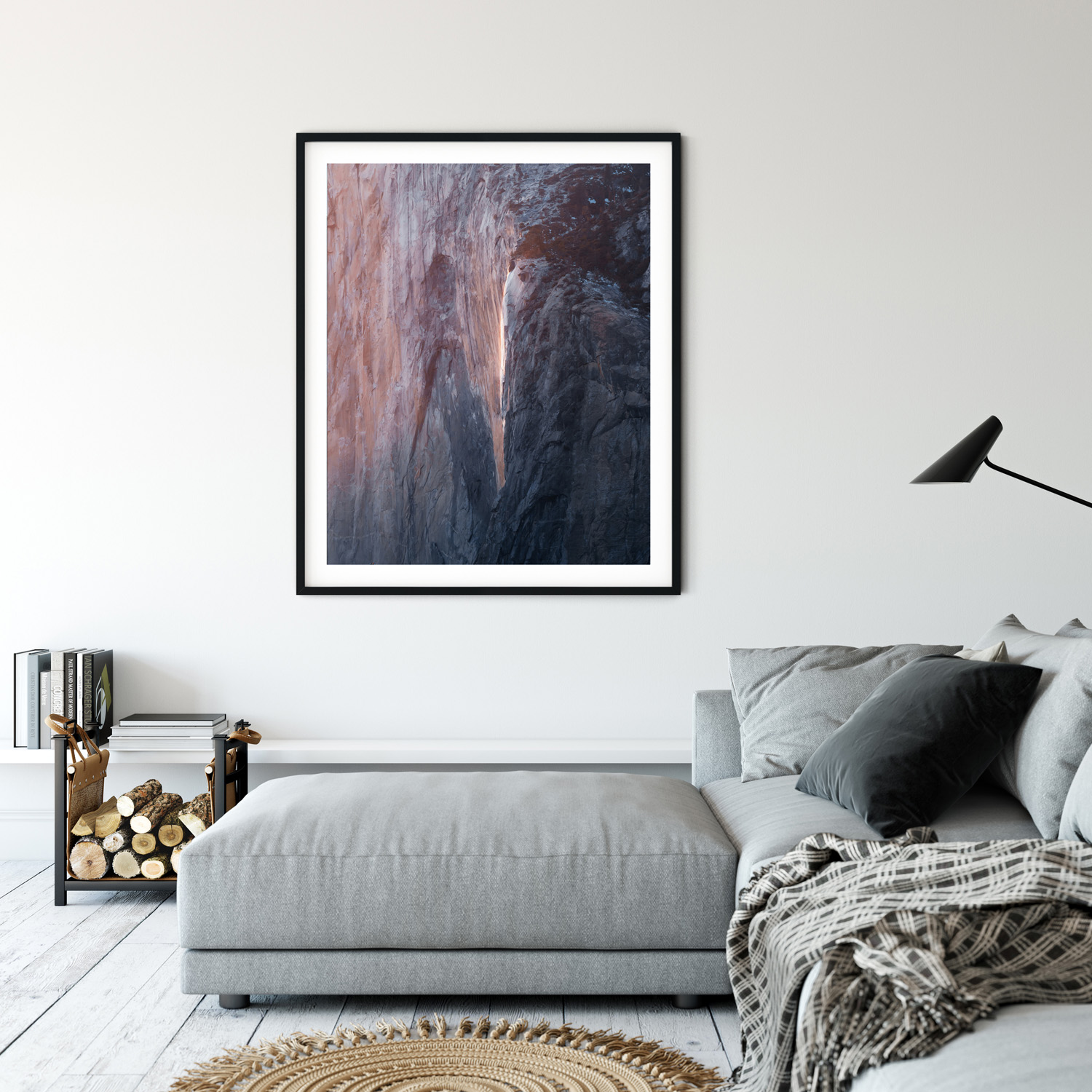
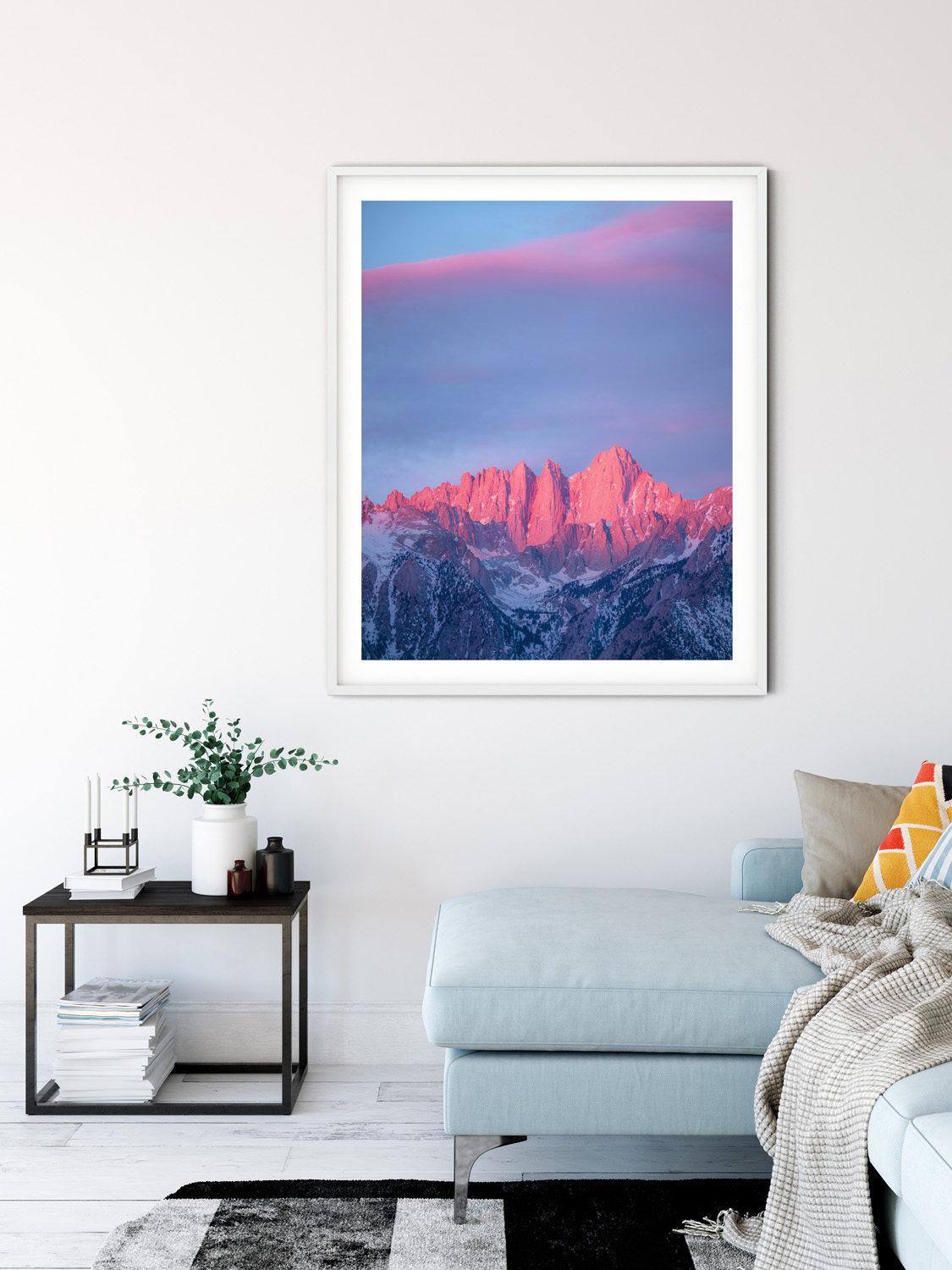

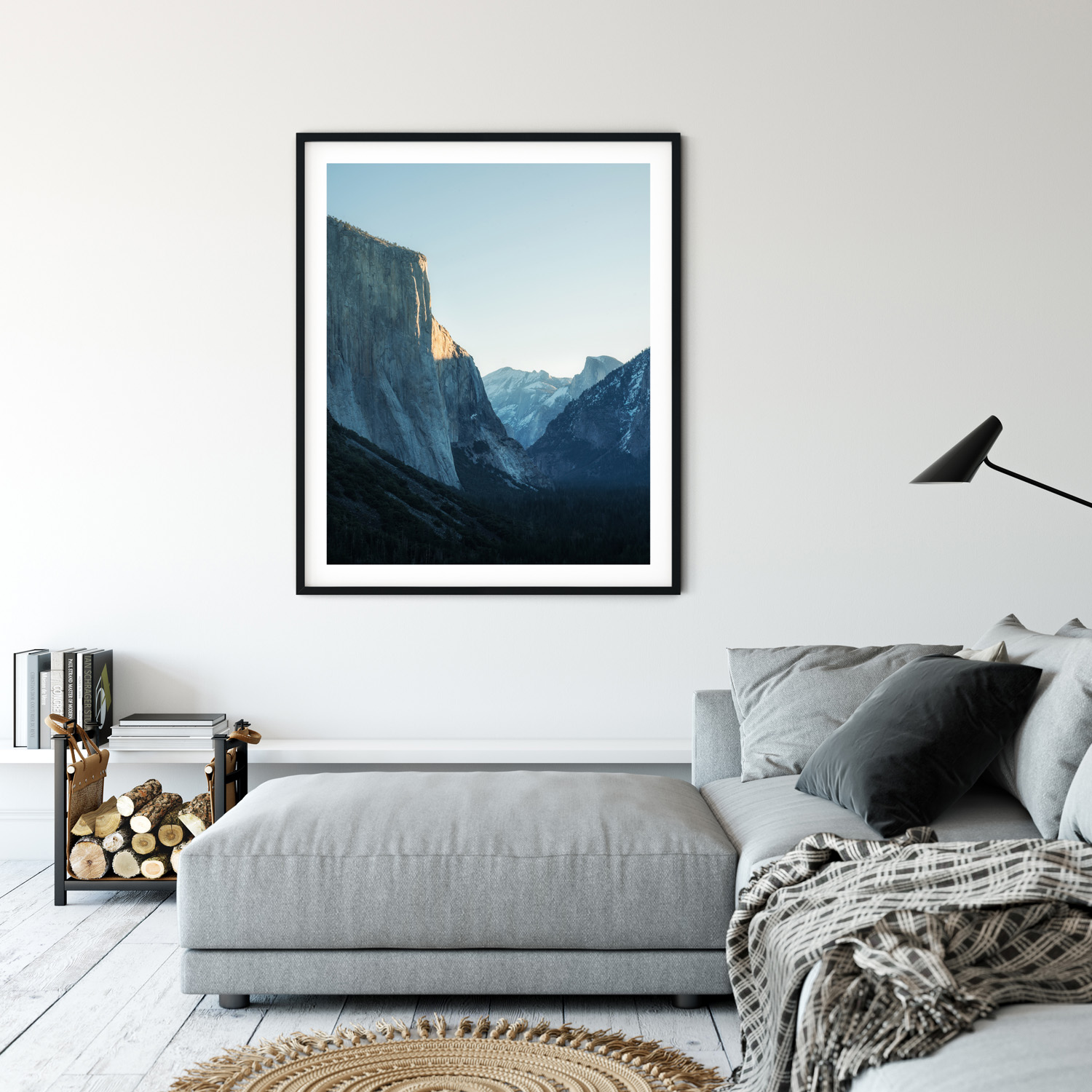




Nikon Z6III

Nikkor 24-70mm f 2.8 Lens

Tamron 70-200mm f 2.8 Lens

Nikon 100-400mm Lens

Travel Tripod

Memory Card

Lens Cloth

Capture Clip
Photography Tips
- Shoot In RAW
- Slow Down Your Shutter Speed to keep your ISO low
- Use Single Point Autofocus or Manual Focus
- Set Your White Balance for 5600 for a warmer glow
- Be Patient- The glow and colors will change over the course of time.
- Use a Delayed Shutter- This stops any shake in the tripod, I used a 2 sec timer
- Mix up Your Focal Length to get a variety of shots- I loved 200mm for a super close up and 70mm for a wider view of the entire scene.
- Try a Timelapse! This will show the movement of the waterfall over a course of time. Truly a beautiful way to capture it and it will allow you to get shots at each moment of the Firefall.
What To Pack To See Firefall In Yosemite National Park
- Downloaded Map- I always use All Trails!
- Camera – to capture the beauty!
- Snacks- gotta keep the energy up! Hiking at 13,000 ft can take it out of you
- Hiking or Camera Backpack- a 30L day pack should be perfect.
- Hiking boots– the trail can get quite rocky at points. It is important to have good traction.
- Layers! Base layer, puffy jacket and hard shell and gloves
- Water bottle– Make sure to stay hydrated!

Hiking Backpack

Hiking Boots

Headlamp

Water Bottle

Microspikes

Base Layer

Puffy
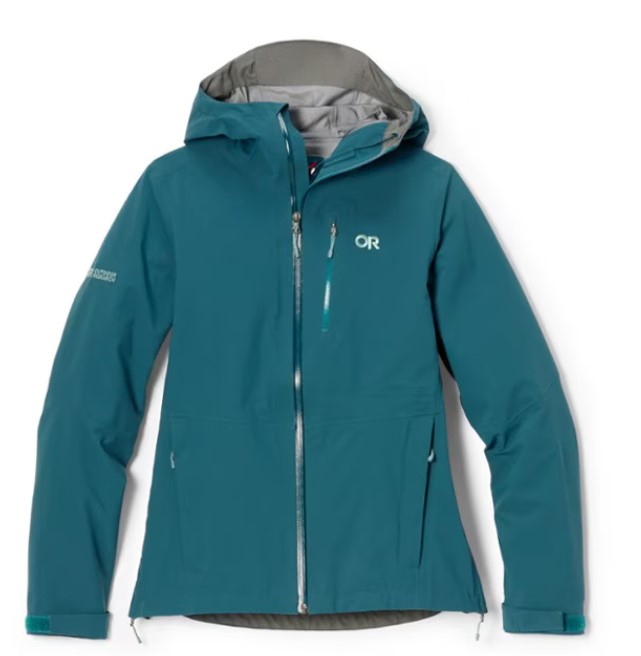
Hard Shell

Gloves

Hand Warmers
Get Access to 1,000's of Online Trail Maps with All Trails!
All Trails is by far my favorite resource to use to download maps to my phone and Garmin for all my back country trips. Sign up for a subscription to access offline maps & more!
Where To Stay For Firefall In Yosemite National Park
In winter, Yosemite offers several cozy places to stay, whether you’re looking for something inside the park or nearby!
Within Yosemite, Badger Pass Ski Area offers winter lodging options, and Yosemite Valley Lodge remains open year-round, offering views of Yosemite Falls and easy access to winter activities.
Curry Village also provides heated tent cabins for those seeking a more rustic experience.
Outside the park, towns like Mariposa and Oakhurst offer a range of hotels and vacation rentals that can be perfect for winter visits. Check the hotels listed below for some ideas!
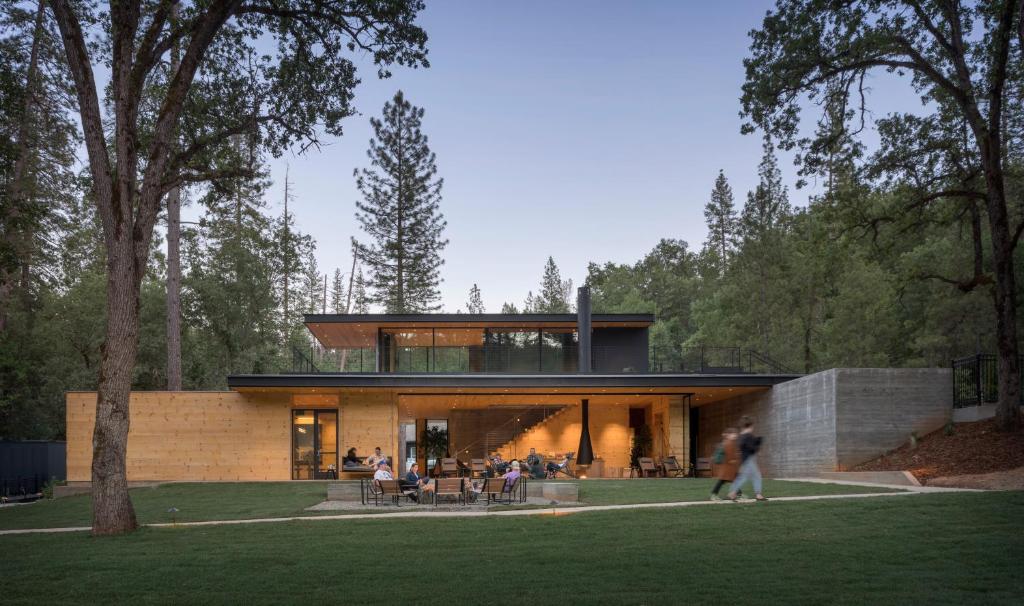
Autocamp Yosemite
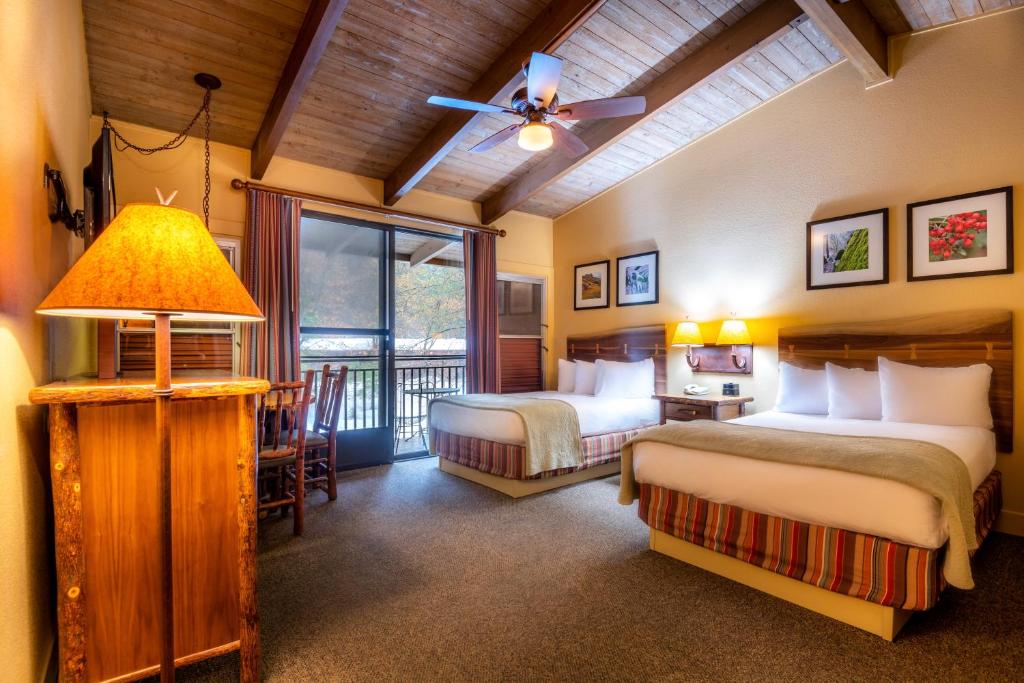
Yosemite Valley Lodge
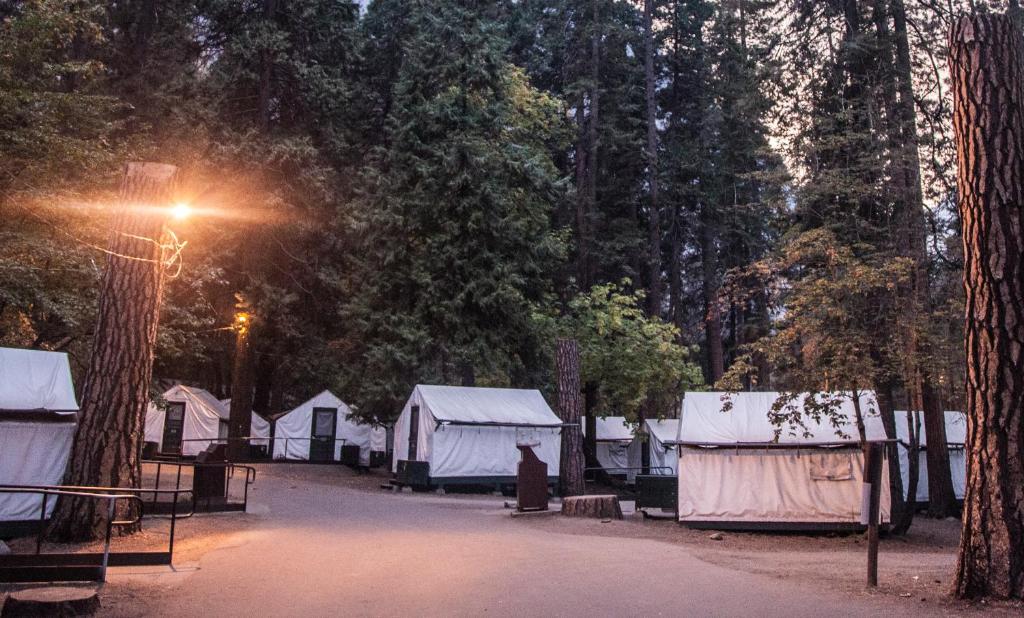
Curry Village Heated Tents

Yosemite View Lodge
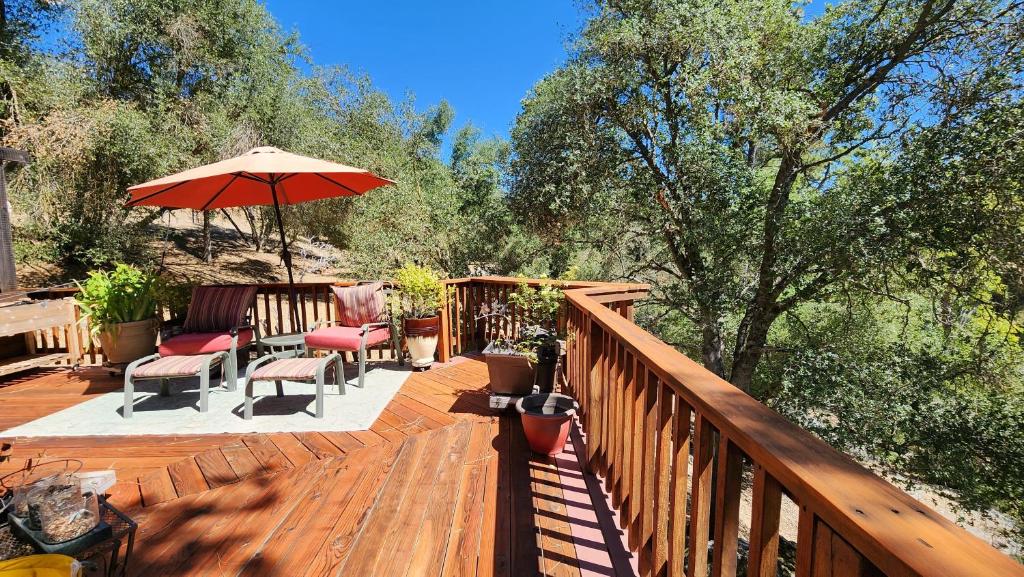
Yosemite Mountain Retreat

Hampton Inn

The Yosemite Inn
Things To Do In Yosemite National Park (Besides Firefall!)
Photograph Tunnel View Lookout at Sunrise
If you are headed to Yosemite National Park to photograph the Firefalls, the second best thing you can capture is the iconic view at Tunnel View! This view draws photographers from far and wide. Get up before sunrise to grab a spot before the rest of the photographers take over!
Check Out Yosemite Falls
There area few trails in Yosemite still open in the Winter- such as Lower Yosemite Falls Trail and Bridalveil Falls! These beautiful trails are definitely worth a visit.
Go Snowshoeing
Head up to Badger Pass Ski Area and rent some snowshoes! You can explore over 90 miles of snowshoe and cross country skiing trails.
Go Ice Skating
The outdoor ice skating rink at Curry Village is open from mid-November to mid-March, providing a picturesque experience surrounded by Yosemite’s snowy landscapes.
Visit The Yosemite Museum and Ansel Adams Gallery
For a cultural experience (or to just get out of the cold) visit the Yosemite Museum and the Ansel Adams Gallery in Yosemite Valley. The museum showcases the park’s history, while the gallery displays iconic photos of Yosemite.
Conclusion
Yosemite’s Firefall is a stunning spectacle that occurs each February, where the sunset illuminates Horsetail Fall, creating a fiery cascade of water!
This gorgeous phenomenon is well worth the road trip to Yosemite National Park in California. If you do decide to make the trip make sure to check the Yosemite National Park website for up-to-date information and tips on the best viewing times and I hope you have a magical experience!
Check Out More California Destinations!
Recent Posts
Shop With Me on Etsy! Click A Photo Below!
Join Me on Instagram!







